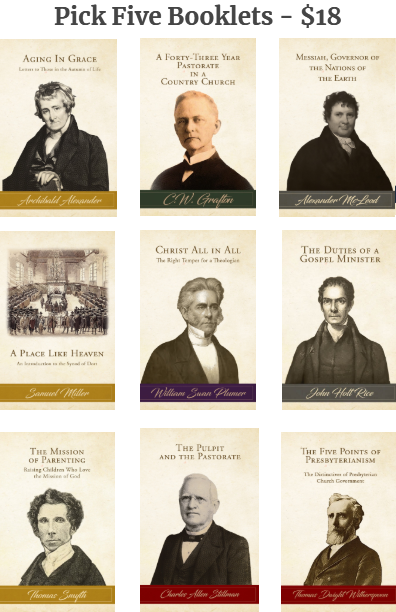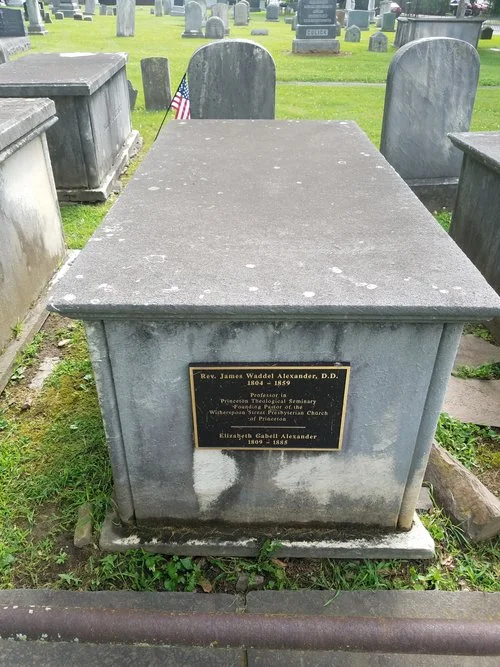Receive our blog posts in your email by filling out the form at the bottom of this page.
The Church of the Puritans, Presbyterian of New York City had its beginnings with a small group that began meeting together in the summer of 1869 in a house on the corner of Lexington Avenue and 128th Street. That assembly developed, under the authority of the Presbytery of New York, into a congregation that became known as the First Presbyterian Church of Harlem in 1871, which met at Harlem Hall. Its continued growth necessitated the creation of a Second Presbyterian Church of Harlem, which was organized in March 1872.
Later that year a call was issued to Edward L. Clark (1838-1910) to become pastor of this second congregation. He was installed as pastor on October 24, 1872, at which time John Hall preached the sermon, Howard Crosby gave the charge to the pastor, James O. Murray gave the charge to the people and an address was given by Thomas S. Hastings.
The corner-stone of a new building on 130th Street near Fifth Avenue was laid on June 26, 1873. George B. Cheever gave an address on this occasion. He was also a major benefactor of the work and it was a condition of his financial gift (most cheerfully accepted) that the congregation be renamed “The Church of the Puritans.” Cheever had previously served as pastor of The Church of the Puritans, Congregational in New York City at Union Square and 15th Street, and it was $87,000 received from the sale of the lease of the Union Square property which Cheever donated in part to carry on the name. Construction of the work was supervised by architect James W. Pirsson and conducted in the Gothic Revival style. The Financial Panic of 1873, however, severely impeded progress.
Dedication of the church building took place on April 15, 1875. The sermon was preached by George B. Cheever, prayer was offered by Philip Schaff, and addresses were delivered by John Hall and others. The following month all debts were paid, which was a tremendous relief to a congregation that had endured the weight of financial pressures since the Panic ensued.
Part of the means to pay off the church’s debts involved the sale of the 1875 George Jardine & Son organ to the St. Cecilia Roman Catholic Church in Harlem. In 1921, it is known that the Church of the Puritans had another (Alexander Mills) organ in use - despite the well-known historic Puritan opposition to the use of instrumental music in worship, especially by means of organs.
Rev. Clark resigned not only as minister of The Church of the Puritans, but also withdrew from the Presbyterian Church in the United States of America (PCUSA) in 1893 in protest of the decision in the trial of Charles A. Briggs. That departure marked the beginning of the decline of what had been a congregation with a promising future. The church conducted a Puritans Chapel on 135th Street with Mr. George C. Lay as Superintendent from 1902 to 1907. In 1936, the decision was made to sell the building to St. Ambrose, a black Episcopal parish, led by Rev. Elliott E. Durant.
This picture, taken in 2014, shows St. Ambrose Episcopal Church, as the congregation is now named.
The early history and architecture of this congregation is told by Edward L. Clark in The Church of the Puritans, Presbyterian (1889). Today, one might well pass the St. Ambrose Episcopal Church on W. 130th St. and not realize that this Gothic church building was once a Presbyterian landmark in the city of New York with a memorable name.










